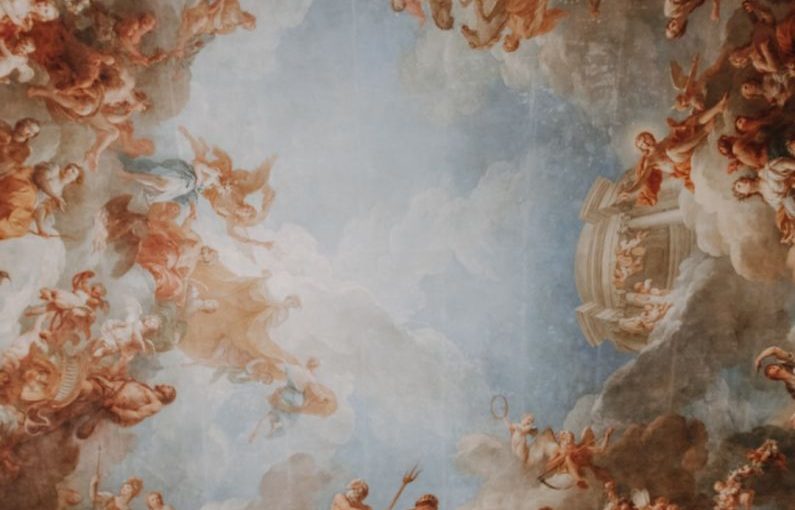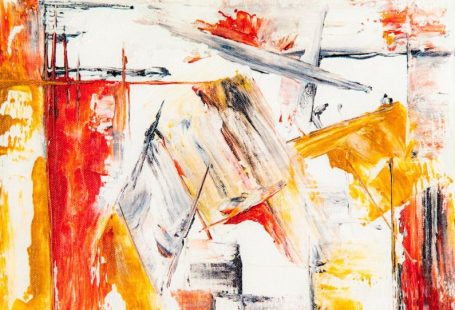The Renaissance period was a time of great artistic and cultural flourishing in Europe, marked by a renewed interest in the arts, literature, and exploration. However, one aspect of this period that often goes overlooked is the extravagant sugar banquets that were a popular feature of the era’s feasts and celebrations. These sugar banquets were not only a display of wealth and status but also a testament to the artistry and creativity of Renaissance chefs and confectioners.
The Sweet Art of Sugar Sculpting
At the heart of the Renaissance sugar banquets were the elaborate sugar sculptures that served as the centerpiece of the table. These sculptures were crafted by skilled artisans known as sugar artists, who would spend hours shaping and molding sugar into intricate and lifelike forms. From fantastical beasts to delicate flowers, these sugar sculptures were true works of art that dazzled and delighted guests.
The art of sugar sculpting reached its peak during the Renaissance, with chefs and confectioners pushing the boundaries of what was possible with sugar. Some of the most famous sugar artists of the time, such as Bartolomeo Scappi and Alessio Piemontese, were renowned for their innovative and breathtaking creations. These sugar sculptures were not only visually stunning but also served as a testament to the skill and creativity of the artisans who crafted them.
The Rise of Sugar in Renaissance Europe
Sugar was a luxury item in Renaissance Europe, prized for its rarity and sweetness. Imported from distant lands such as India and the Caribbean, sugar was a symbol of wealth and status, reserved for the tables of the elite. The production and trade of sugar were controlled by powerful merchant guilds, who made immense profits from this valuable commodity.
The popularity of sugar in Renaissance Europe led to the development of new techniques for processing and refining the sweet substance. Sugar was used not only in desserts but also in savory dishes, where it added a touch of sweetness to meat and fish dishes. The use of sugar in cooking became an art form in itself, with chefs experimenting with different flavor combinations and techniques to create innovative and delicious dishes.
The Legacy of the Sugar Banquets
The sugar banquets of the Renaissance may have faded into history, but their legacy lives on in the world of culinary arts. The art of sugar sculpting, once a hallmark of Renaissance feasts, has evolved into the modern art of cake decorating and confectionery. The intricate and ornate sugar sculptures of the Renaissance have inspired generations of pastry chefs and confectioners to push the boundaries of what is possible with sugar.
Today, sugar is a ubiquitous ingredient in cooking and baking, used in everything from cookies and cakes to sauces and marinades. While the sugar banquets of the Renaissance may have been extravagant displays of wealth and opulence, they also represented a celebration of the artistry and creativity of the chefs and confectioners of the time.
In conclusion, the sugar banquets of the Renaissance were not just lavish displays of wealth but also a testament to the artistry and creativity of the period. The elaborate sugar sculptures and decadent dishes served at these banquets were a feast for the senses, showcasing the skill and innovation of Renaissance chefs and confectioners. Though the sugar banquets of the Renaissance are long gone, their legacy lives on in the culinary arts, inspiring chefs and confectioners to create ever more innovative and delicious dishes.





